QuestionBentley is twelve years old, thoroughbred (perhaps a mix and not pure bred) gelding. Very quiet to handle on the ground. Loves to be petted and scratched. Very affectionate.
Feed: In the summer he is on pasture 85% of the time with the herd, eats one flake of hay in the morning. (In winter, he gets approx. 3/4 bale of hay per day - I will supply the hay analyisis after I receive it.)
Grain : 3 cups rolled oats + 1 cup Texturized 13% Feed, 1 x per day. Loves to drink water, usually at least 10 gallons per day.
He has a large belly, with little abdominal tone, especially beneath the lower back, loin area.
Veterinary Treatment: Vaccines: Rabies and Tetanus, annually. Deworming 3 xs per year. Eqvalen/Quest. We do fecal counts yearly, and the herd is relatively worm free.
Exercise: He does dressage. Is very athletic, can flex easily, extremely sensitive to leg and body aids, has little trouble with lateral movements, and can even do canter pirouettes, with ease. However, being extremely sensitive, he can lose his concentration very easily, tightens his back, head in the air, and panics quickly if he feels too strong an aid.
Health problems: bronchial asthma, especially when stressed; gas in the intestines; Seems to hold his breath, when stressed. Used to have severe lower back pain, especially on the right side (Perhaps caused by throwing his head very high with great strength and hurting his own vertebrae, especially when coming down off a jump.) No evidence of pain or lameness now.
History: Bentley was apparently a very talented young horse, raised in Florida, shipped to Toronto to become a show jumper or eventer. However, at age 5, sold to Hudson, Quebec, became a school horse. Started bucking people off and bolting after jumps. Was passed on to other stables, where he underwent more and more severe training to "correct his bad habits" ie. stronger bits, whips and spurs and extensive longeing. Eventually sold as a "quiet trail horse", however was totally unpredictable, would throw fits on the trail and back into ditches and trees and almost rear over onto his rider. This happened a few times, until he was sent for more intense training to correct his disobedience. When this more aggressive training did not work, and when he showed signs of severe lameness and back pain, a vet at this point put him on intraveneous robaxicette in the theory that he was in pain, and if the pain could be alleviated, then he would not react so severely and dangerously. By the time I got him at age 6, he was on his way for horsemeat because he was unrideable & extremely unsafe. The first six months we had him we put him out to pasture and gave him complete rest. Then, slowly, in his 7th year, we began retraining him at walk, and eventually, after two months, began trotting. Age 8, we rode primarily bareback, and eventually with a saddle, at walk and trot. Age 9 began canter more regularly. Lateral work included leg yielding, shoulders-in, travers, renvers..... no problem. Took him to one show, where he became extremely anxious and tense whenever he entered the dressage ring. Age 10, decided not to show at all. Worked on upper level dressage movements, including half passes, trot and canter. Schooling lessons last approximately one hour, depending on his breathing and mental stability. Seldom breaks into a sweat. I usually ride him twice a week.
Problem: Bentley looks unfit, with a large hay belly. He has built muscles in his hind quarters and along the back and top line of his neck. However, he has a large hay belly, and seems to hold air in his gut when working. I suspect that he does not digest his food efficiently. He does not lack energy when working, but he does not seem to become more muscular in the abdominal area. If anything, his hay belly gets larger, even though he's on poor pasture. Perhaps he is not getting enough athletic work, but I suspect digestive problems might cause his extended belly. The asthma is worse in summer, is controllable with Ventipulmin (which I only give him once in a while as needed.)
I wonder if his digestive system is out of balance. Other horses on the same feed, of similar size and work schedule look more fit. Although some have "hay bellies", none are as distended as Bentley. Is this possible? How do I measure the balance of exercise vs. feed? Is there a supplement I could add to his feed which would help?
AnswerHi Sam,
Thank you for your question. Having reviewed the information I would agree that your horse has some digestive inefficiencies. Horses develop 'hay bellies' when they are not fermenting their forages properly and the mass of that unfermented forage remains in the hindgut creating that familiar distended appearance.
There can be different reasons why a horse can not ferment the forage in it's diet and sometimes these reasons can compound. Forage can go unfermented due to digestive inefficiency from parasites or because the cecum of the horse does not have a healthy population of forage digesting bacteria. Sometimes, the forage itself is too mature to be fermented by even the best of digestive systems. A horse with outstanding digestive issue consuming forage with too much unfermentable fiber will be doubly challenged to digest forage and the result is a hay belly and lack of condition and muscle tone. The fact that some horses at the facility also exhibit hay bellies suggest that your hay (although physically pristine) may be short on digestible nutrients and rich in unfermentable fiber. This assumption is also supported by the fact that your horse lacks muscle tone...an indication that your forage is short on dietary protein needed for muscle development. Given that your horse has gas issues, and his diet is high in starch, I also think that he has a hindgut issue.
So I have 2 suggestions for you to fix your horses dietary issues.
First and foremost I would urge you to have your hay tested. I am from Ontario and the hay analysis that I have seen from 2011 hay samples have indicated protein levels half the level they would normally be, resulting in diets too low in protein. Without dietary protein, your horse can not make muscle no matter how much you make him work. Most feed dealers in Ontario can have your hay tested for you so I would suggest you contact your feed supplier. Some companies will even come to the farm and take the sample for you. Otherwise, Agri-Food Laboratories (an Ontario company) will accept samples for testing from the general public. Visit their website at:http://www.agtest.com/. Once you have the results of your sample analysis you can formulate a ration for your horse that will ensure that he has enough protein to help with muscle development. The lab results will also indicate what component of your forage is unfermentable. If your forage is too mature, you can supplement the forage portion of the diet with something like hay cubes or beet pulp. I can help you with a ration, including forage supplements, once you have your forage tested.
My second strong recommendation is that you take the starch out of your horse's diet. Some horses simply can not efficiently use starch and the end result can be acidosis in the cecum that destroys valuable forage digesting bacteria. Take the oats and textured feed out of his diet and switch to a performance formulated high fat, high fiber feed (something like Purina's Evolution Elite). The performance formulated versions use better fiber and fat sources than those formulated for maintenance horses, and are generally higher in protein which your horse could use right now. In addition, start feeding your horse a quality prebiotic. You can go with a prepared prebiotic like LifeForce Formula from Alltech (currently available directly from the company or through Ontario Masterfeeds retailers) but I think in your case a simple yeast supplement will work (either yeast culture or live yeast). This type of prebiotic will help nourish the forage digesting bacteria in the cecum and rebuild the good populations. I would suggest following the manufacturers recommended feeding rates for these products until you have your forage analysis back. Then you can fine tune feeding rates when you formulate a ration.
As a bit of an aside, I've seen quite a few back issues that have actually originated from hock problems. If you haven't already done so, have your vet check your horse's hocks for issues that may perhaps be contributing to his sore back. Just an extra thought.
I hope that helps, and get back to me with your forage analysis if you would like me to help you with a ration.
Thanks, Corlena

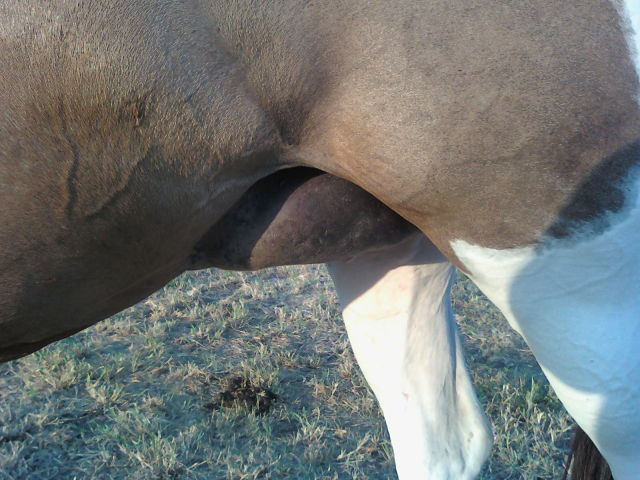 What could my horse be allergic to?
Question
Blue
I have a 14 year old paint mare that just
What could my horse be allergic to?
Question
Blue
I have a 14 year old paint mare that just
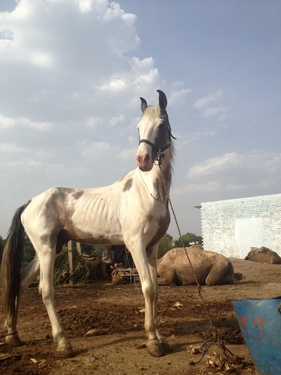 improving body condition
Question
horse
hello maam, how can i improve the
improving body condition
Question
horse
hello maam, how can i improve the
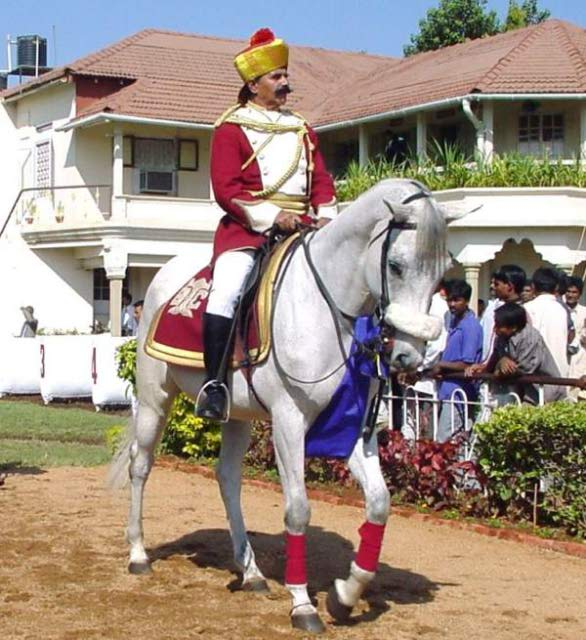 horse appearing fat
Question
horse appearing fat
hello maam, is this
horse appearing fat
Question
horse appearing fat
hello maam, is this
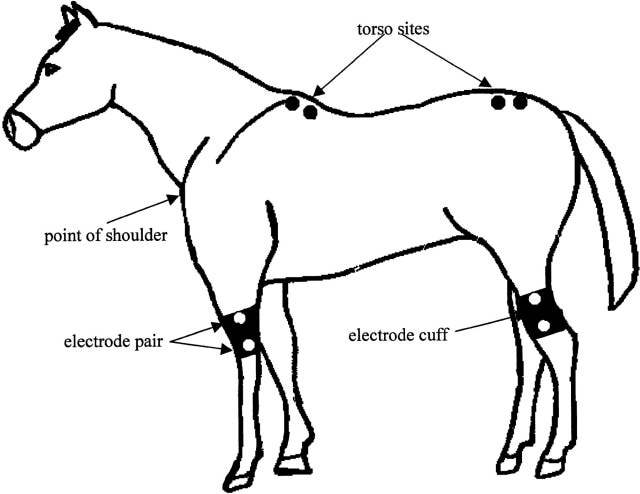 diagram representing
Question
diagram represent
hello maam, can you p
diagram representing
Question
diagram represent
hello maam, can you p
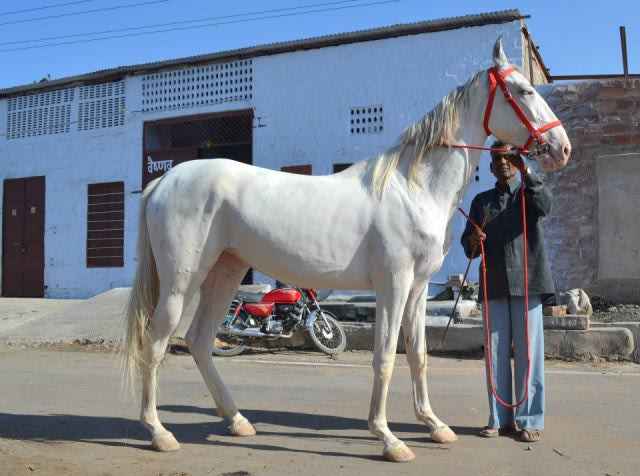 strong or weak
Question
strong or weak
hello maam, how this hor
strong or weak
Question
strong or weak
hello maam, how this hor